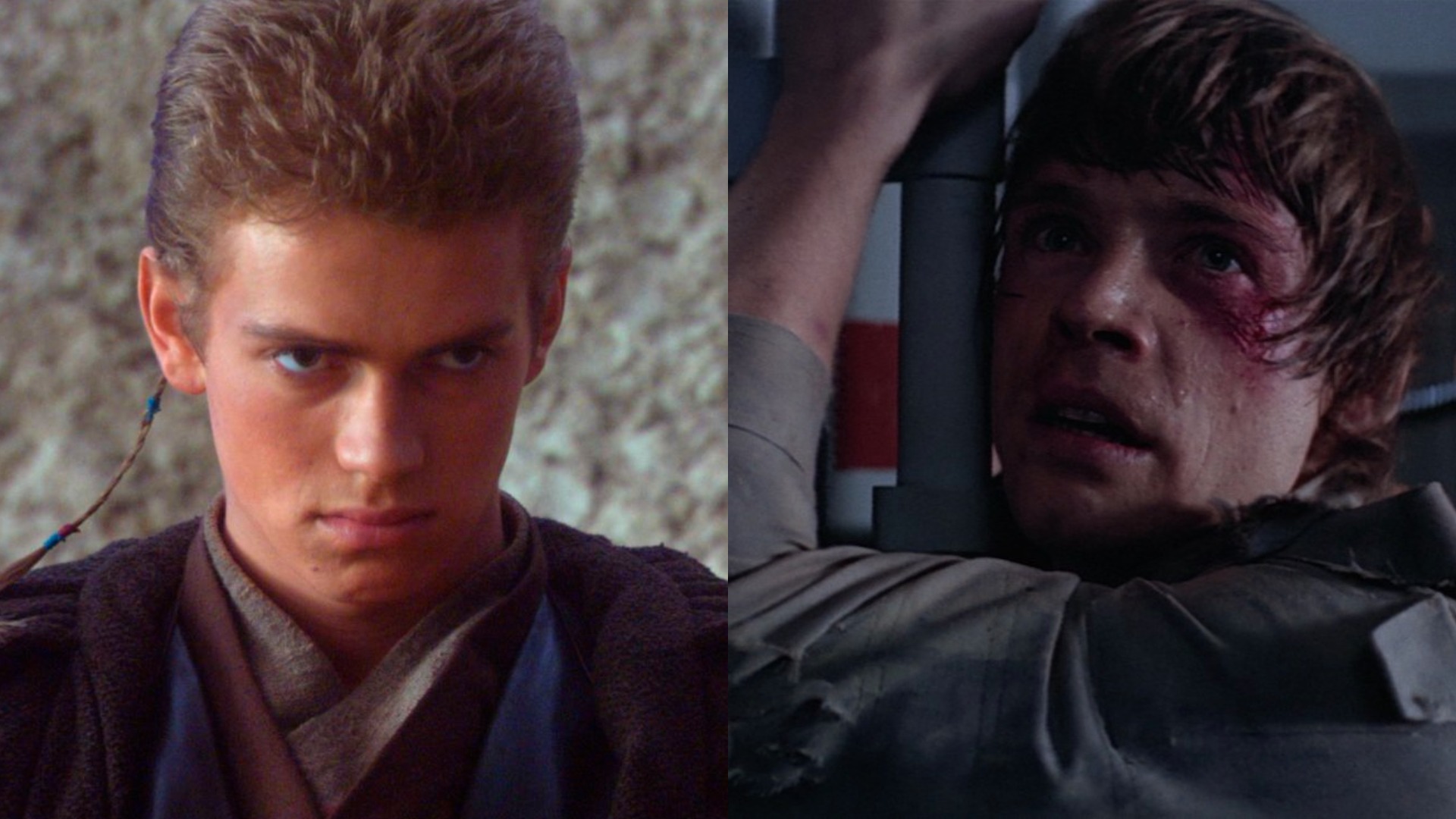Marathoning Movies For The Modern Man: Star Wars: The Last Jedi
As an avid Star Wars fan, I know the intricacies of the series. There’s really no need to watch every Star Wars movie each time a new one comes out. It’s not like I’ll forget what happened. That doesn’t mean I don’t want to watch them in preparation for the next one. Unlike other series, the goal of marathoning Star Wars isn’t to remind yourself of where characters are. Instead, I rewatch the series hoping to pick up some clues of what’s coming in the next one.
The question now is, what order do you watch them in? Over the years, there have been numerous suggestions to this problem. There’s the release order (4-5-6-1-2-3), chronological order (1-2-3-4-5-6), and the ‘Machete Order’ (4-5-2-3-6), but the addition of The Force Awakens and Rogue One adds some confusion to this. They fit into release order (4-5-6-1-2-3-7-RO) and chronological (1-2-3-RO-4-5-6-7), but how do you incorporate them into the Machete Order, which is designed to cut out movies that are unnecessary and keep the suspense of the original trilogy? Another thing to consider is that none of these orders are designed to aid in future speculation, their goal is to tell the story most effectively.
Something George Lucas often said about his six films was that they rhyme. In The Phantom Menace commentary he says, “It’s very, very clear in the two trilogies that I’m putting the characters in pretty much the same situations, sometimes even using the same dialogue so that the father and son go through pretty much the same experience.” There was a lot of thought put into this idea of rhyming trilogies back when there were only two trilogies, the most notable of which is Mike Kiimo’s essay extolling what he calls the Ring Theory.
With Lucas having very little to do with this new trilogy, some of what rhymed in A New Hope and The Phantom Menace is left out of The Force Awakens. For example, Kiimo points out that even the structure of the titles is similar; they both have the format of article-adjective-noun, but The Force Awakens is article-noun-verb, which falls out of the pattern.
Wondering how much The Force Awakens keeps the rhythm, I started my Star Wars rewatch this time by seeing the beginning of the trilogies in order of release. This allowed me to see the set-up in A New Hope, Lucas’s rhyming in The Phantom Menace, and JJ Abrams’ rhyming in The Force Awakens. There’s a surprising amount that syncs up in all three, especially in their most basic structures. In each, our new hero is saved from a desert planet, they meet a sage old man, and are introduced to powers beyond their imagination. Before too long, their mentor dies during a rescue mission, and they destroy the main source of the enemy’s power. The similarities between A New Hope and The Force Awakens led to some of the biggest criticisms of Abrams’ film, but it followed a pattern. It rhymes with the others, and that’s what makes it Star Wars.
Noting these similarities between the beginnings of the trilogies makes me think about whether there are similarities between the middle of the trilogies. To search for similarities, I watched both middle segments in a row, The Empire Strikes Back and Attack of the Clones. The similarities between these two are a little harder to pick out, but they are there. For example, both Anakin and Luke find a new mentor in Yoda and Palpatine, respectively, and this leads them down different paths. Anakin begins to dislike the Jedi’s strict rules, and Luke begins to fear the power that’s inside of him. They both disobey and take risks that they are advised against, and enter into battles they are not prepared for in order to save their friends. Luke loses his hand to Vader, even though Yoda warns him against going to Bespin. Anakin loses his hand to Dooku, even though Obi-Wan tells him to be patient and to fight as a team.
These similarities allow us to speculate on what’s to come in The Last Jedi. Could Rey lose a limb by going against the advice of Luke, her new mentor? Questions like this have been floating around in my mind in anticipation for Rian Johnson’s film, and have greatly enhanced by excitement. And after I see The Last Jedi, I’ll be thinking about what happens next, which provides the perfect time to finish out the marathon with Return of the Jedi and Revenge of the Sith.
This new viewing order, which I’ve been calling ‘The Trilogy Order’ (4-1-7-5-2-8-6-3), points out what’s special about Star Wars. Three generations of Jedi go through the same struggles and come out in different places. It also allows us to speculate what’s going to happen, but leaves a lot of mystery. We can guess at what’s to come, but at the end of the day, all we can do is look at the past and hope that gives us a glimpse into the future.
The Trilogy Order
1. Star Wars: Episode IV - A New Hope
2. Star Wars: Episode I - The Phantom Menace
3. Star Wars: Episode VII - The Force Awakens
4. Star Wars: Episode V - The Empire Strikes Back
5. Star Wars: Episode II - Attack of the Clones
6. Star Wars: Episode VI - Return of the Jedi
7. Star Wars: Episode III - Revenge of the Sith


















